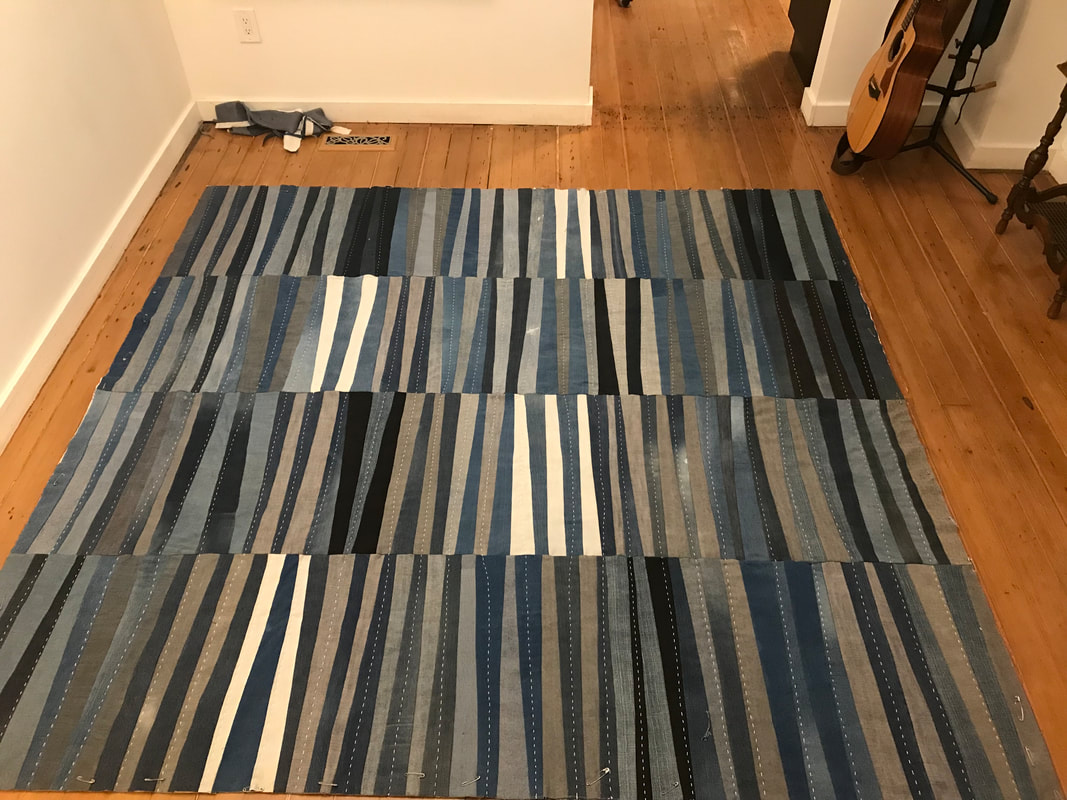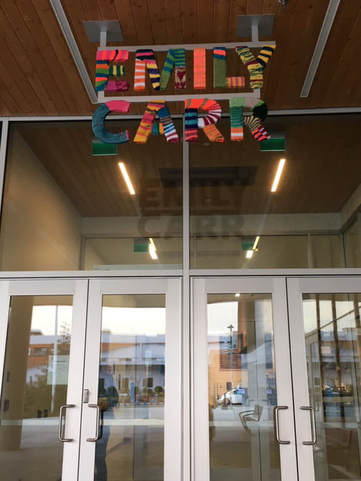
I did my undergrad at the old Emily Carr University of Art and Design campus which was decidedly less smooth and metallic and more crafty, situated as it was in the Granville Island artisan mecca on the ocean's edge. I liked running my hand along the old wooden posts carved with decades of scrawled text, and all the wiring and ductwork that in the last few years looked like a set out of Brazil. I miss the giant murals on the cement factory silos next door and the funky houseboats and the food stalls in the public market and Opus Art Supplies 30 feet away from the front entrance.
The new serene, clean Emily Carr building is surrounded by new and planned condos that most students could never afford, high-tech companies and, soon, an elevated rapid transit rail line. As much as I wanted to return for graduate studies, I was not convinced that I would be a good fit here, so asking for permission and access to the sign was a bit of a trial balloon for me. I got quick and full support for the idea and its installation, and now see this new white space as a blank canvas, ready for the next era of student artistic expression.
This is my first solo yarn-bombing foray. A bunch of us attacked the old school back in the day for a textile-themed student show but I have yet to meet my people here. So the Emily Carr Cozy is not just a balloon, it's a flare. Is there anybody out there?
As I busied my freezing fingers with the stringy stuff (in hard hat, on the Skyjack operated by design tech services maestro Brian) I kept an ear out for reaction. And it was good. Sharing the fuzzy intervention on social media (#craftivism, #subversivestitch etc.) reminds me that I am not alone in my need for needling authority. Indeed, this public performance includes behind-the-scenes connecting with my community of makers to collect their leftover yarn and thrift-store finds even before the main act. (You know who you are.)
Textile interventions in the public sphere have a way of provoking polarizing responses. Some love the often-chaotic hand-wrapping of colourful fiber; others view the crafty messing with architecture with disdain of all things cozy and crafty and engendered female. I liked the idea of having to wear a hard hat and working for four hours in a Skyjack, in the mode of construction workers in the immediate vicinity of my rapidly changing hometown, to complete my knitting job.
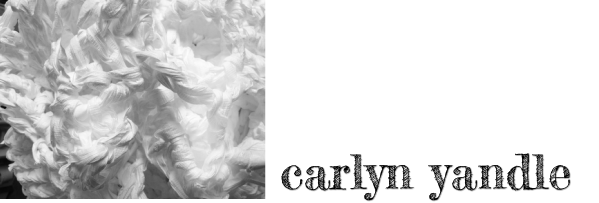
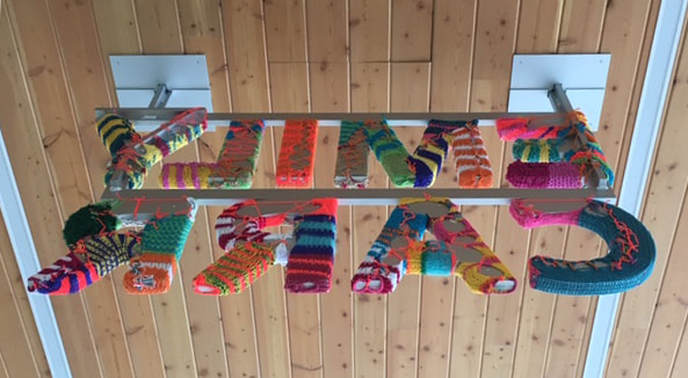
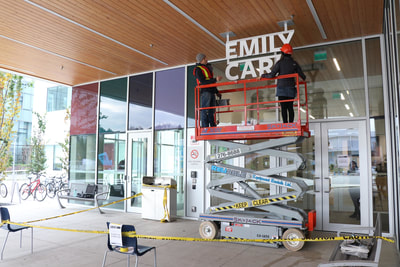
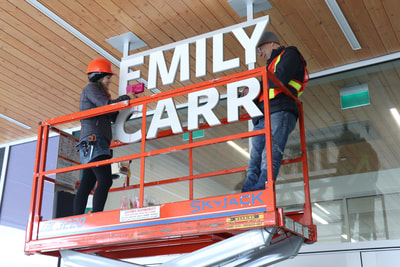
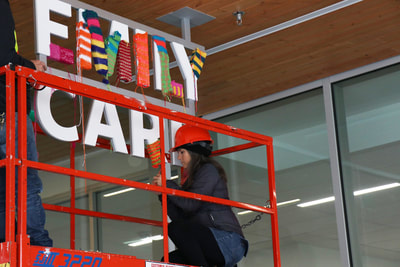
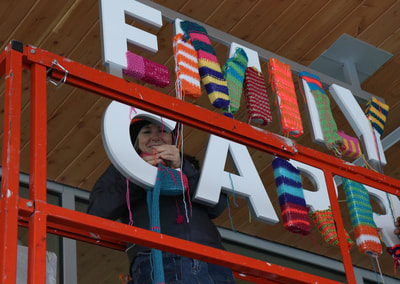
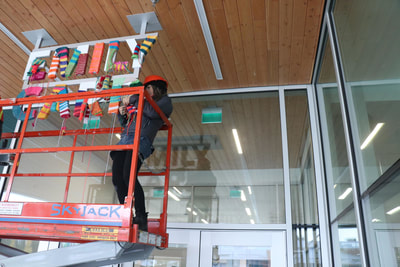
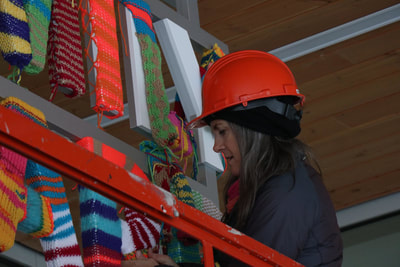
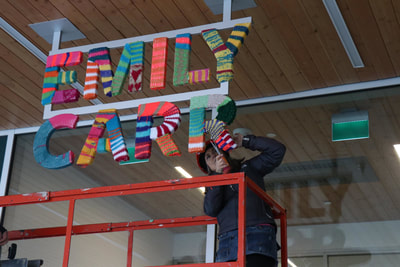
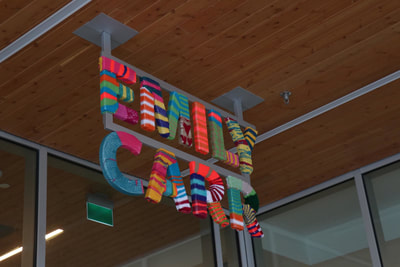
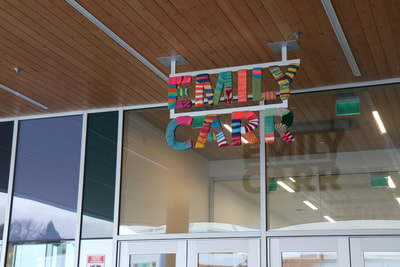
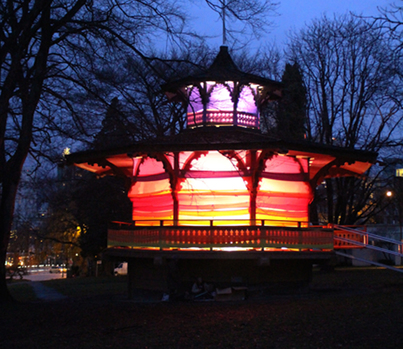
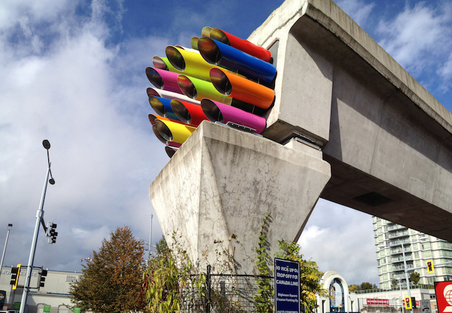
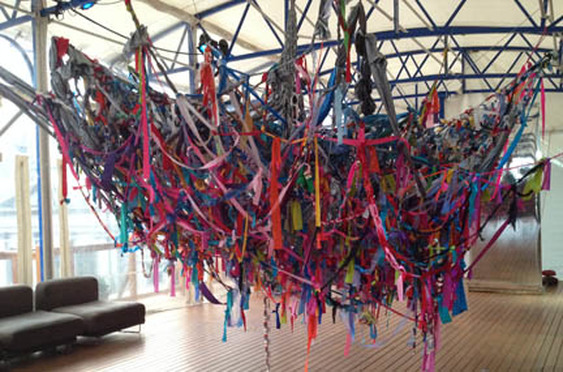
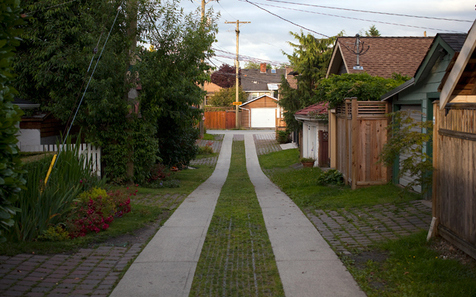
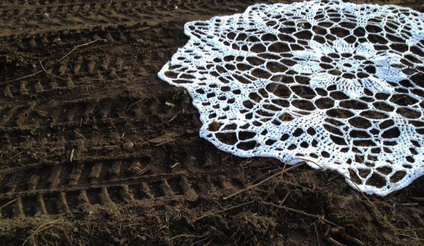
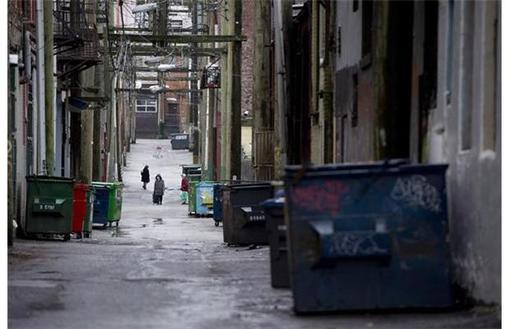
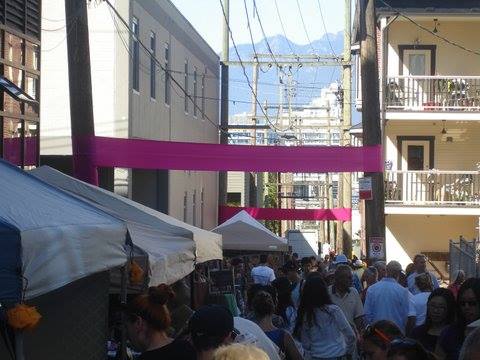
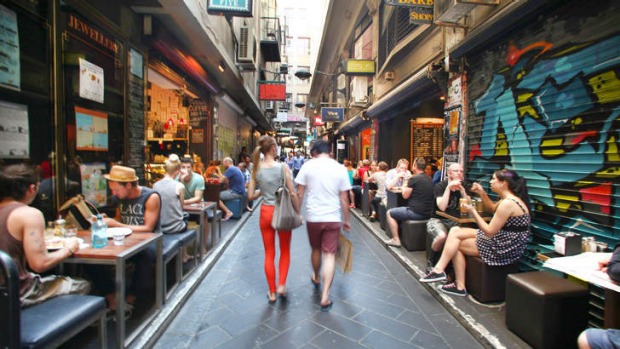
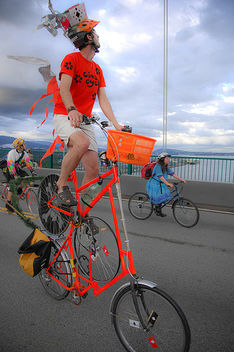
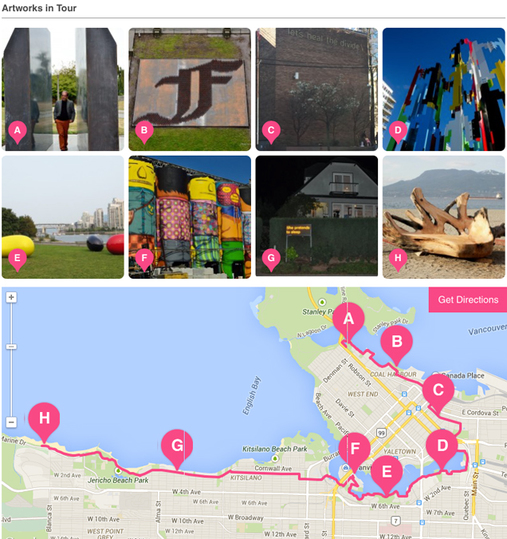
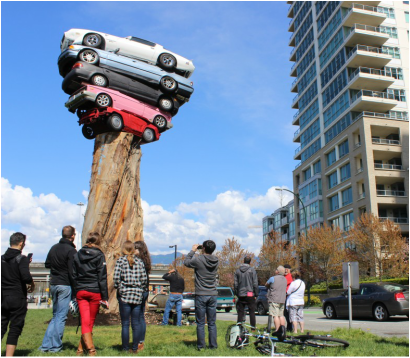
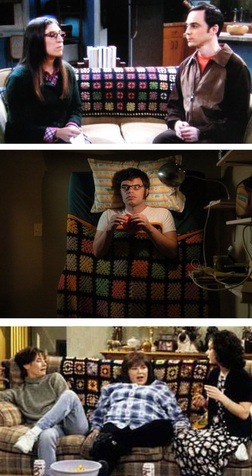
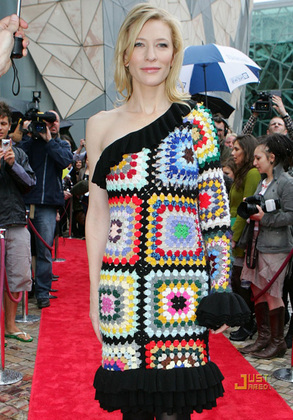
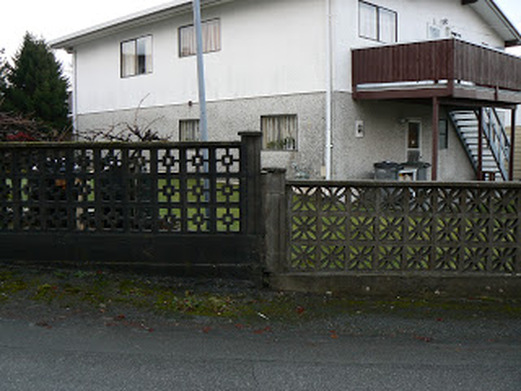
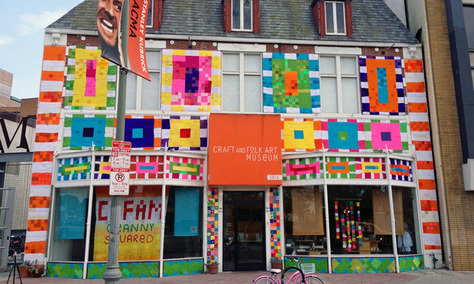
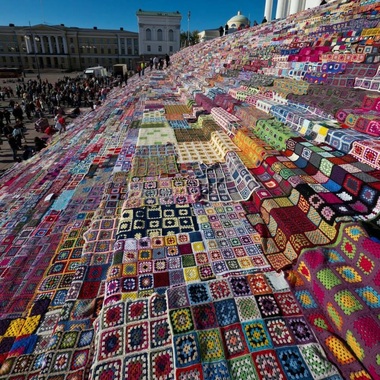
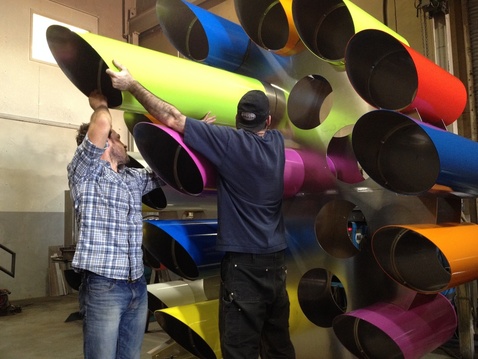
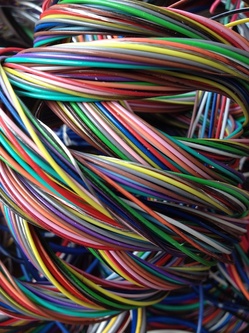
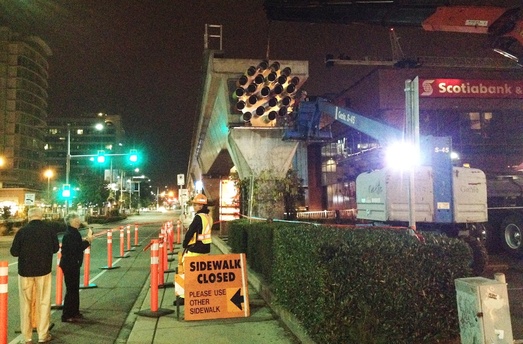
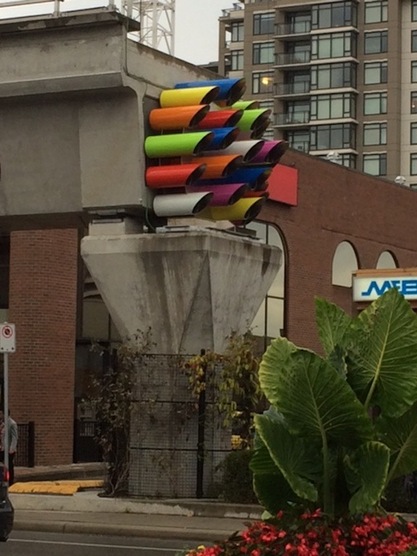
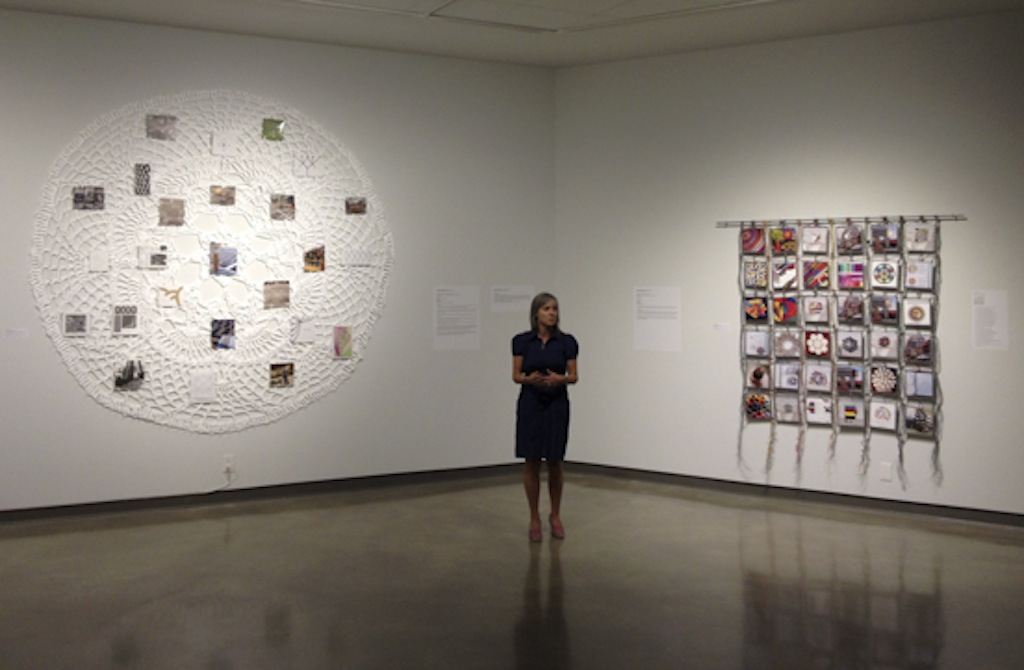
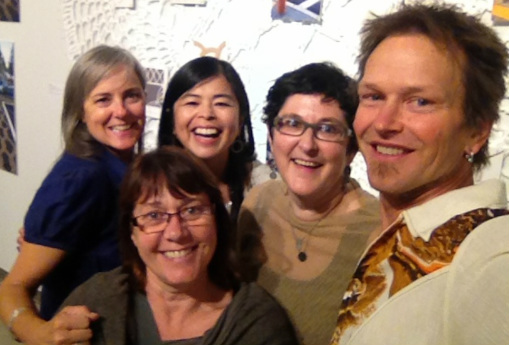
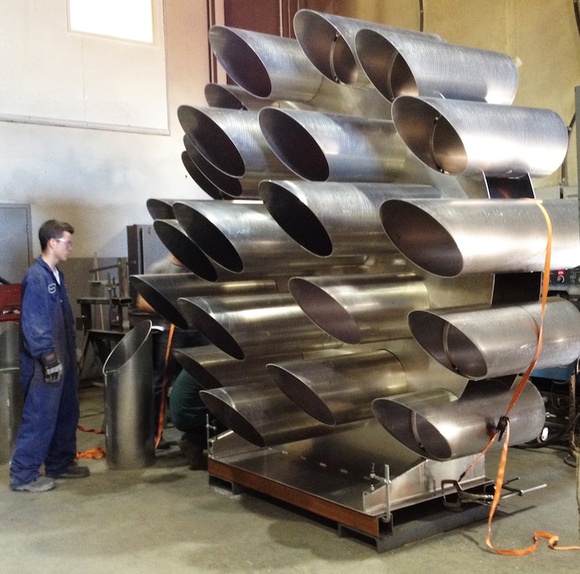
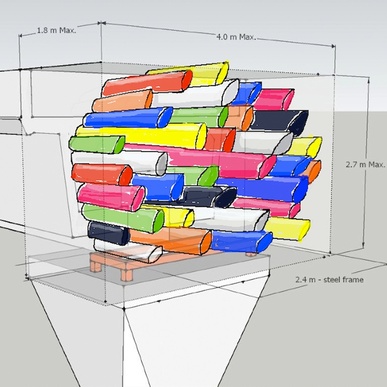
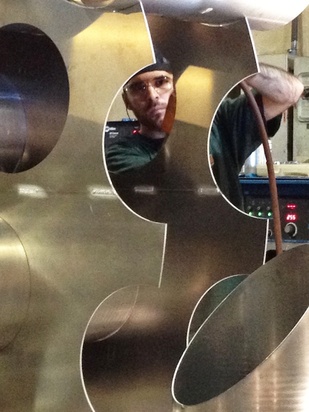
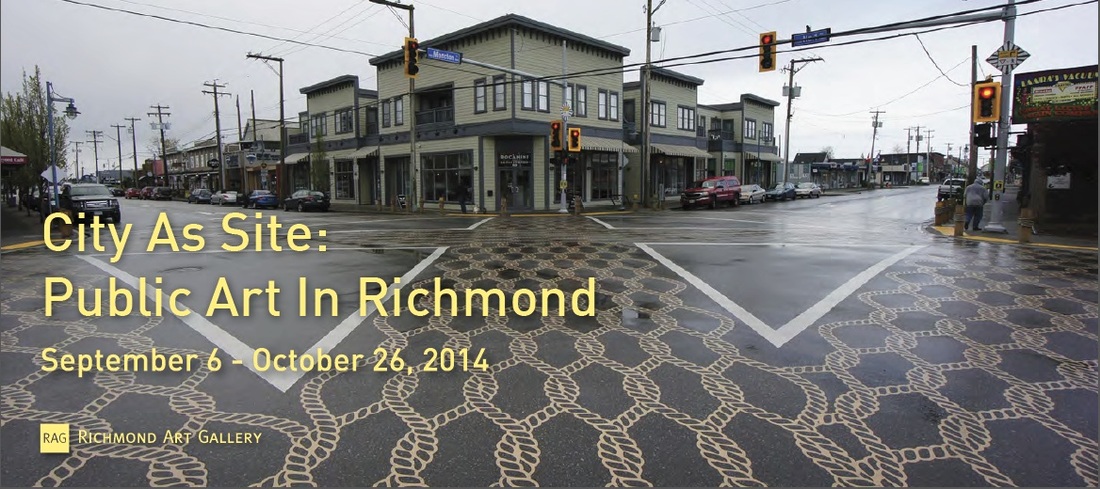
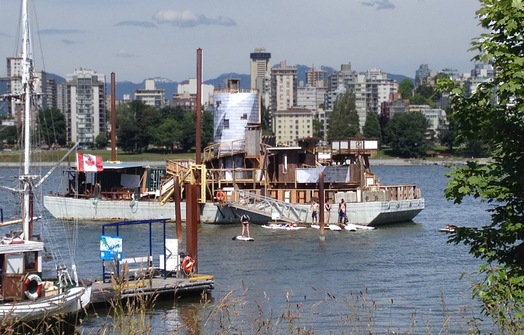
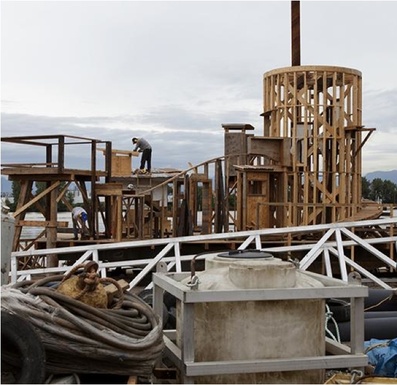
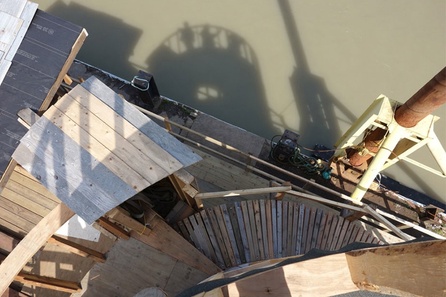
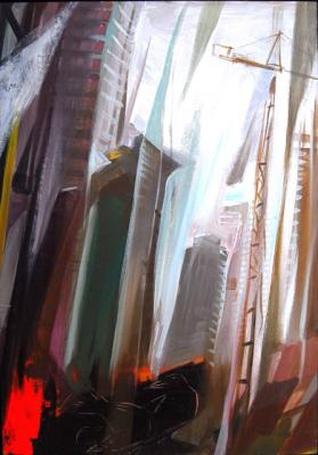
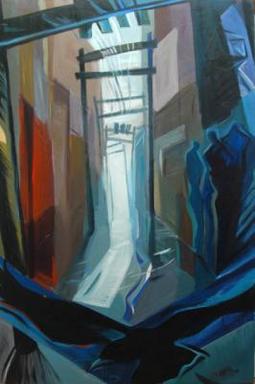
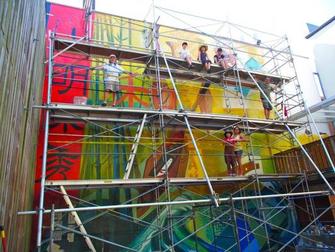
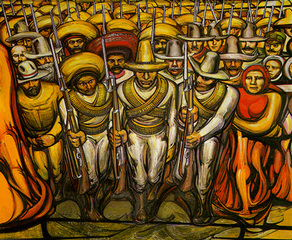
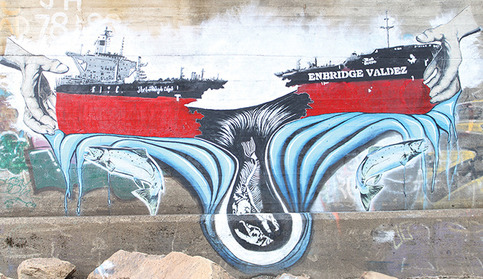
 RSS Feed
RSS Feed

